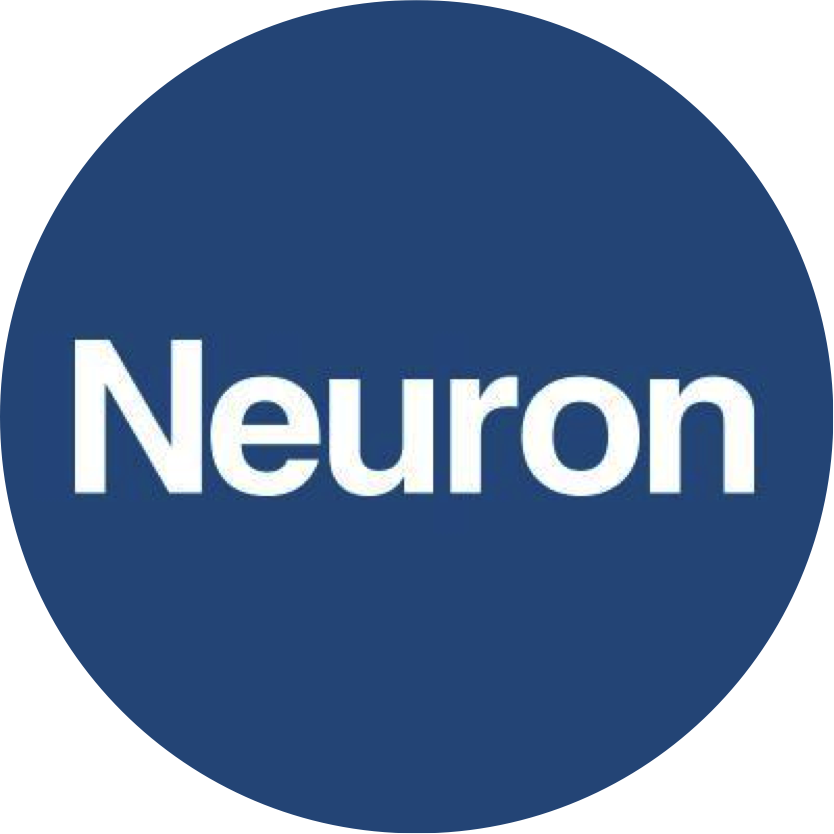<p>In a recent study by Kyohei Kin et al., the impact of adolescent psychosocial stress on postpartum social behavior was examined. Using innovative techniques such as optogenetics and in vivo microendoscopic calcium imaging with the inscopix nVoke system, the researchers…
May 23, 2023
<p>Rewards are often elusive and uncertain, requiring persistent effort to obtain. But how do we…
March 10, 2023
<p>The prefrontal cortex is highly susceptible to the detrimental effects of stress and has been…
September 3, 2022
<p>The striatum plays a critical role in regulating addiction-related behaviors. The…
August 12, 2022
<p>Dysfunctional sociability is a core symptom in autism spectrum disorder (ASD) that may arise from…
June 7, 2022
Most recent
<p>Prefrontal cortical (PFC) circuits provide top-down control of threat reactivity. This includes ventromedial PFC (vmPFC) circuitry, which plays a role in suppressing…
April 12, 2024
<p>For nearly a century, evidence has accumulated indicating that the lateral hypothalamus (LH) contains neurons essential to sustain wakefulness. While lesion or…
April 9, 2024
<p>Pain that persists beyond the time required for tissue healing and pain that arises in the absence of tissue injury, collectively referred to as nociplastic pain, are…
April 6, 2024
<p>Physical exercise is known to reduce anxiety, but the underlying brain mechanisms remain unclear. Here, we explore a hypothalamo-cerebello-amygdalar circuit that may…
April 3, 2024
<p>Behavior can be remarkably consistent, even over extended time periods, yet whether this is reflected in stable or ‘drifting’ neuronal responses to task features…
March 8, 2024
<p>GABA is the main inhibitory neurotransmitter in adults. Depolarizing GABA responses have been well characterized at neuronal-population <em>average</em> level during…
March 8, 2024
bioRxiv Wire
<p>To gain insights into neural mechanisms enabling behavioral…
April 5, 2024
<p>Learning to associate cues, both directly and indirectly…
March 25, 2024
<p>The nucleus accumbens (NAc) is a key brain region for…
February 23, 2024
<p>The serotonin 2 receptor (5HT2R) agonist psilocybin has…
February 4, 2024
<p>The recognition of specific stimuli and contexts in…
January 24, 2024









